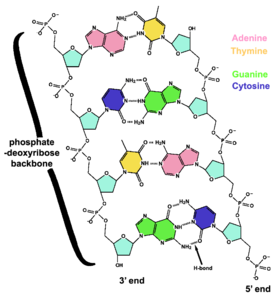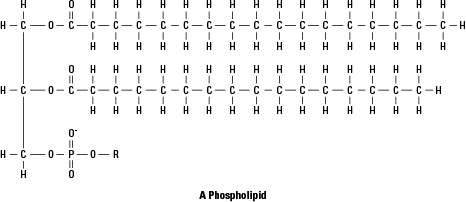Randy Holmes-Farley
Reef Chemist
View Badges
Staff member
Super Moderator
Excellence Award
Expert Contributor
Article Contributor
R2R Research
My Tank Thread
- Joined
- Sep 5, 2014
- Messages
- 67,311
- Reaction score
- 63,658
As reefers we all are (or should be) aware of the importance of striking a proper balance between the additions of nitrogen and phosphorus to our aquaria, and the export.
Most of the time, foods are by far the biggest source of nitrogen and phosphorus, but which food components contribute?
This question of the day has two parts.
Which of the following are NOT known to contain a significant amount of nitrogen?
Which of the following are NOT known to contain a significant amount of phosphorus?
A. Proteins
B. Bone (not including marrow)
C. Fat (triglyceride)
D. Genetic material (DNA)
E. Cell membranes
F. Chitin (shrimp and crab shells)
Good luck and feel free to explain your answer, if needed.
.
Most of the time, foods are by far the biggest source of nitrogen and phosphorus, but which food components contribute?
This question of the day has two parts.
Which of the following are NOT known to contain a significant amount of nitrogen?
Which of the following are NOT known to contain a significant amount of phosphorus?
A. Proteins
B. Bone (not including marrow)
C. Fat (triglyceride)
D. Genetic material (DNA)
E. Cell membranes
F. Chitin (shrimp and crab shells)
Good luck and feel free to explain your answer, if needed.
.


















